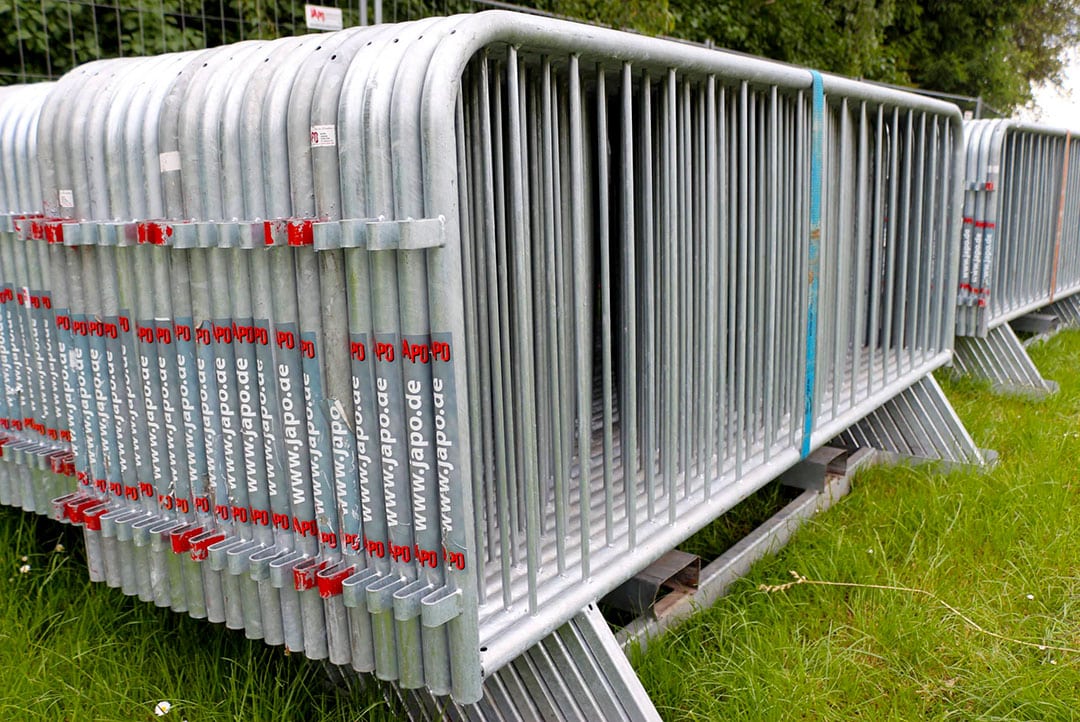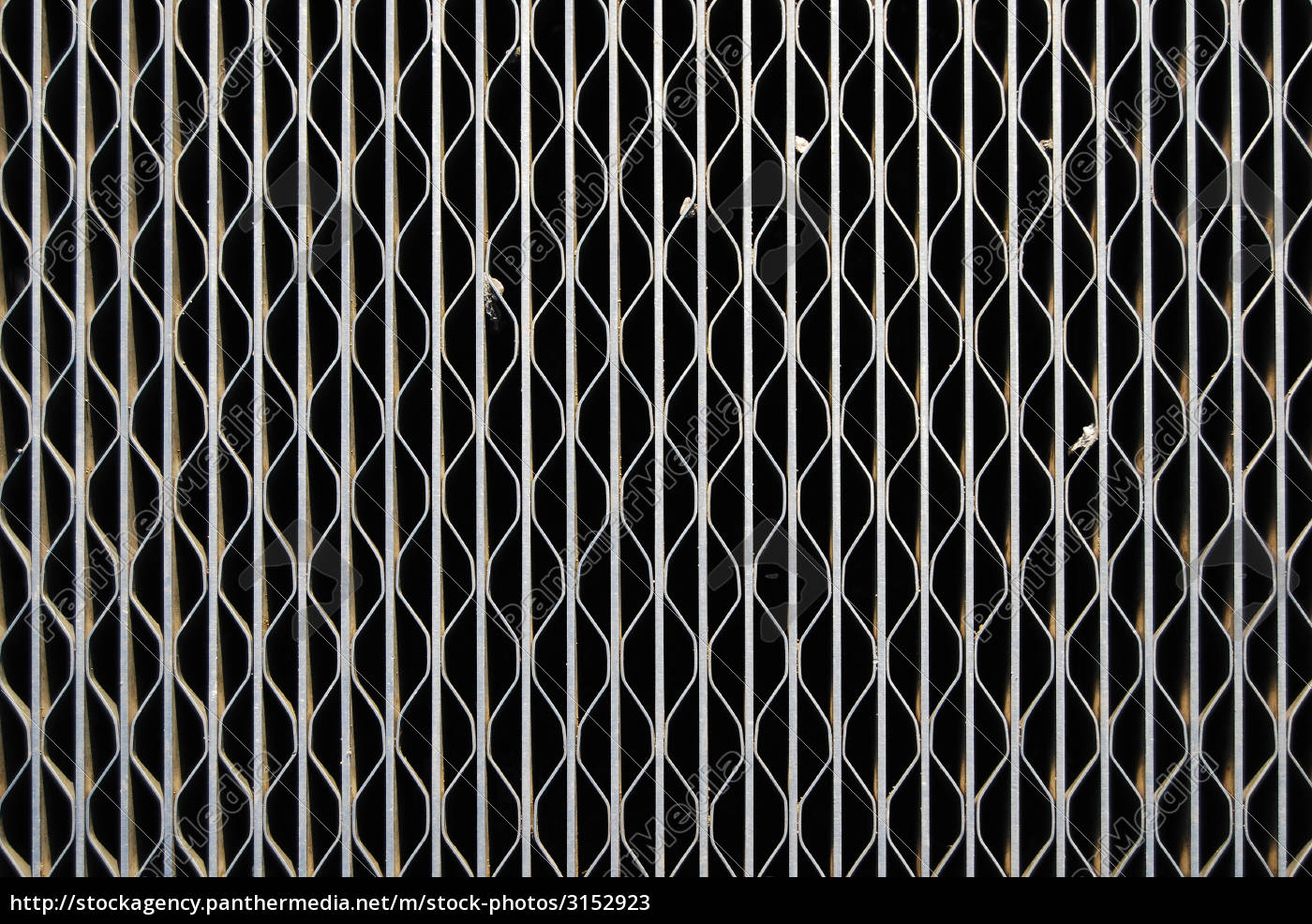

Once the rain reaches the ground, it may pass through soil that provides additional CO 2 produced by soil respiration. The carbonic acid that causes karstic features is formed as rain passes through Earth's atmosphere picking up carbon dioxide (CO 2), which readily dissolves in the water. This contributes to rapid downward movement of groundwater, which promotes dissolution of the bedrock, whereas standing groundwater becomes saturated with carbonate minerals and ceases to dissolve the bedrock. Karst is also most strongly developed where the water table is relatively low, such as in uplands with entrenched valleys, and where rainfall is moderate to heavy. Karst is not typically well developed in chalk, because chalk is highly porous rather than dense, so the flow of groundwater is not concentrated along fractures.

Karst is most strongly developed in dense carbonate rock, such as limestone, that is thinly bedded and highly fractured. Development A limestone deposit in the Dinaric Alps near Sinj, Croatia Previously, the activities of cave explorers, called speleologists, had been dismissed as more of a sport than a science and so the underground karstic caves and their associated watercourses were, from a scientific perspective, understudied. Karst hydrology emerged as a discipline in the late 1950s and the early 1960s in France. In a 1918 publication, Cvijić proposed a cyclical model for karstic landscape development. Primarily discussing the karstic regions of the Balkans, Cvijić's 1893 publication Das Karstphänomen describes landforms such as karren, dolines and poljes. Jovan Cvijić greatly advanced the knowledge of karst regions, so much that he became known as the "father of karst geomorphology". Johann Weikhard von Valvasor, a pioneer of the study of karst in Slovenia and a fellow of the Royal Society, London, introduced the word karst to European scholars in 1689 to describe the phenomenon of underground flows of rivers in his account of Lake Cerknica. Early studies Doline in the causse de Sauveterre, Lozère, France The name may also be connected to the oronym Kar(u)sádios oros cited by Ptolemy, and perhaps also to Latin Carusardius. It has been suggested that the word may derive from the Proto-Indo-European root karra- 'rock'. Ultimately, the word is of Mediterranean origin. As a proper noun, the Slovene form Grast was first attested in 1177. The Slovene common noun kras was first attested in the 18th century, and the adjective form kraški in the 16th century.

Languages preserving the older, non-metathesized form include Italian: Carso, German: Karst, and Albanian: karsti the lack of metathesis precludes borrowing from any of the South Slavic languages, specifically Slovene. In the local South Slavic languages, all variations of the word are derived from a Romanized Illyrian base (yielding Latin: carsus, Dalmatian: carsus), later metathesized from the reconstructed form * korsъ into forms such as Slovene: kras and Serbo-Croatian: krš, kras. The karst zone is at the northwesternmost section, described in early topographical research as a plateau between Italy and Slovenia. The range stretches from the northeastern corner of Italy above the city of Trieste, across the Balkan peninsula along the coast of the eastern Adriatic to Kosovo and North Macedonia, where the massif of the Šar Mountains begins. According to one interpretation, the term is derived from the German name for a number of geological, geomorphological, and hydrological features found within the range of the Dinaric Alps. The English word karst was borrowed from German Karst in the late 19th century, which entered German much earlier. Etymology Global distribution of major outcrops of carbonate rocks (mainly limestone, except evaporites) The study of paleokarst (buried karst in the stratigraphic column) is important in petroleum geology because as much as 50% of the world's hydrocarbon reserves are hosted in carbonate rock, and much of this is found in porous karst systems. In regions where the dissolved bedrock is covered (perhaps by debris) or confined by one or more superimposed non-soluble rock strata, distinctive karst features may occur only at subsurface levels and can be totally missing above ground. Subterranean drainage may limit surface water, with few to no rivers or lakes. It has also been documented for more weathering-resistant rocks, such as quartzite, given the right conditions. It is characterized by features like poljes above and drainage systems with sinkholes and caves underground. Karst is a topography formed from the dissolution of soluble carbonate rocks such as limestone, dolomite, and gypsum. Škocjan Caves, Slovenia Karst formation of the Serra de Tramuntana For other uses, see Karst (disambiguation).


 0 kommentar(er)
0 kommentar(er)
